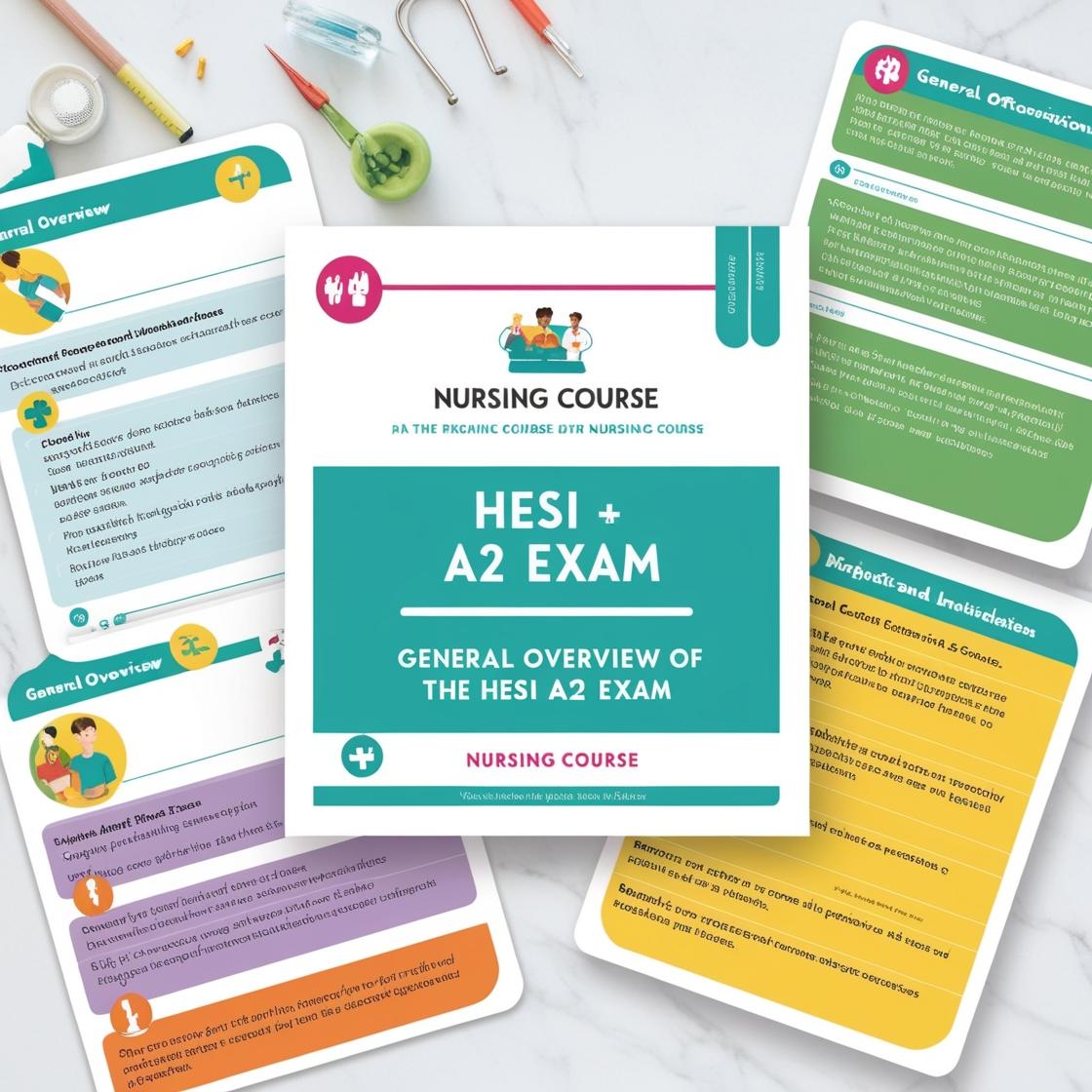HESI A2
HESI A2 Chemistry Questions
1. Which of the following elements does not exist as a diatomic molecule?
- A. boron
- B. fluorine
- C. oxygen
- D. nitrogen
Correct answer: A
Rationale: The correct answer is 'boron.' Diatomic molecules consist of two atoms of the same element bonded together. Boron is an exception and does not exist naturally as a diatomic molecule. On the other hand, fluorine, oxygen, and nitrogen commonly exist as diatomic molecules in their natural states. Fluorine, for example, exists as F2, oxygen exists as O2, and nitrogen exists as N2.
2. What is another name for aqueous HI?
- A. hydroiodic acid
- B. hydrogen monoiodide
- C. hydrogen iodide
- D. hydriodic acid
Correct answer: D
Rationale: The correct name for aqueous HI is 'hydriodic acid.' When hydrogen iodide (HI) dissolves in water, it forms hydriodic acid. Therefore, 'hydriodic acid' is the appropriate term for aqueous HI. Choice A, 'hydroiodic acid,' is incorrect as it does not reflect the nature of the compound in the aqueous state. Choice B, 'hydrogen monoiodide,' is not a widely recognized term for this compound. Choice C, 'hydrogen iodide,' is the name for HI in the gaseous state, not when it's dissolved in water.
3. What is the name for the horizontal rows of the periodic table?
- A. groups
- B. periods
- C. families
- D. sets
Correct answer: B
Rationale: In the periodic table, 'periods' are the horizontal rows. Each period corresponds to the energy level occupied by the elements in that row. The other terms mentioned, such as groups, families, and sets, are not used to describe the horizontal rows but rather refer to different aspects of the periodic table organization. 'Groups' are the vertical columns, 'families' are groups of elements with similar properties, and 'sets' is a more generic term not specifically used in the context of the periodic table.
4. What is a benefit of water's ability to make hydrogen bonds?
- A. Lack of cohesiveness
- B. Low surface tension
- C. Use as a nonpolar solvent
- D. High specific heat
Correct answer: D
Rationale: The correct answer is D, high specific heat. Water's ability to form hydrogen bonds results in a high specific heat capacity, allowing it to absorb and release a large amount of heat energy with minimal temperature change. This property is essential for moderating temperature changes in organisms and maintaining stable environmental conditions for life processes. Choices A, lack of cohesiveness, and C, use as a nonpolar solvent, are incorrect. Water actually has high cohesiveness due to its ability to form hydrogen bonds, and it is a polar solvent, not nonpolar. Choice B, low surface tension, is also incorrect as water's hydrogen bonding contributes to its relatively high surface tension.
5. What are bases or alkaline solutions known as?
- A. Hydrogen acceptors
- B. Solutions of low pH
- C. Hydrogen donors
- D. Amphoteric
Correct answer: A
Rationale: Bases or alkaline solutions are known as 'hydrogen acceptors.' They accept protons (H+) in chemical reactions, as opposed to acids that donate protons. This property allows bases to neutralize acids and form salts. Choice B, 'Solutions of low pH,' is incorrect because bases have high pH values, not low. Choice C, 'Hydrogen donors,' is incorrect as bases do not donate protons but accept them. Choice D, 'Amphoteric,' refers to substances that can act as both acids and bases, which is not the definition of bases. Therefore, the correct answer is A.

Access More Features
HESI A2 Basic
$89/ 30 days
- 3,000 Questions with answers
- 30 days access
HESI A2 Premium
$129.99/ 90 days
- Actual HESI A2 Questions
- 3,000 questions with answers
- 90 days access
